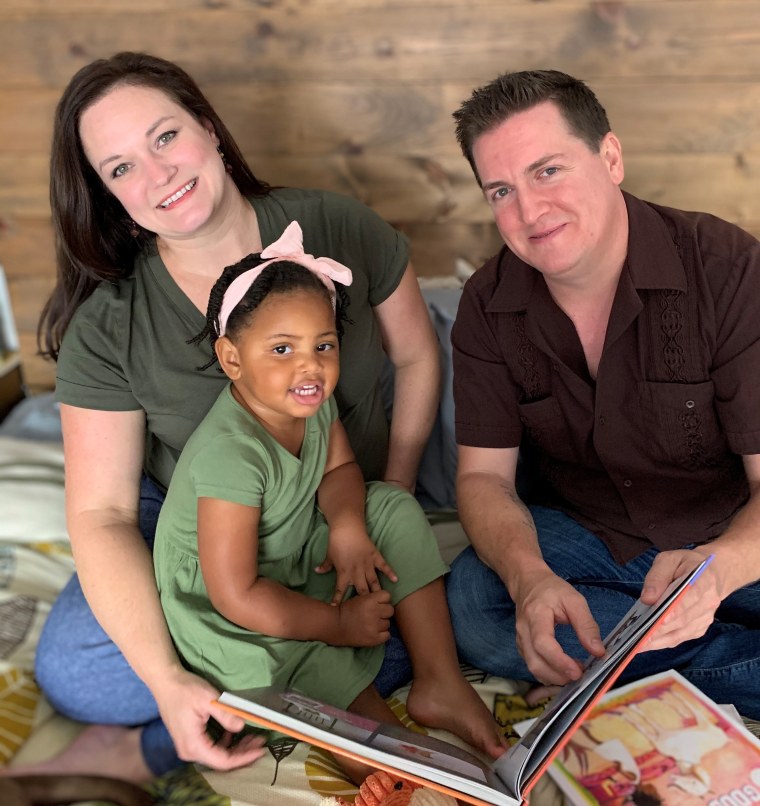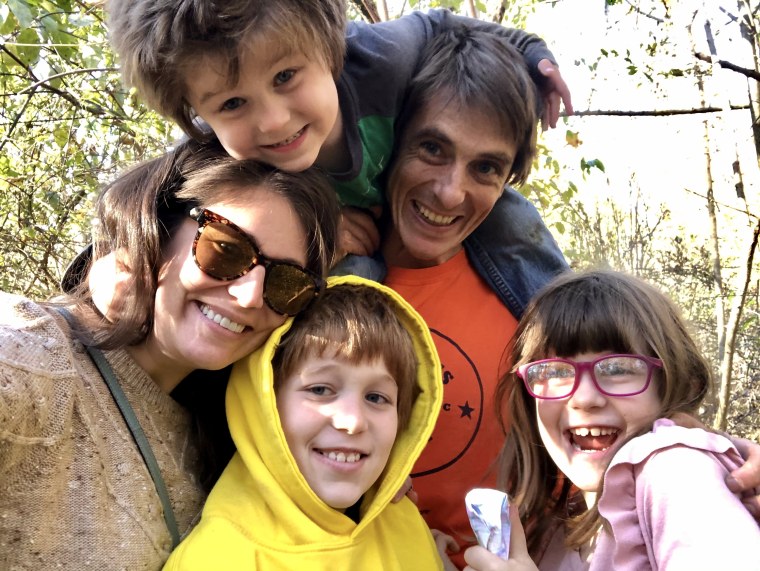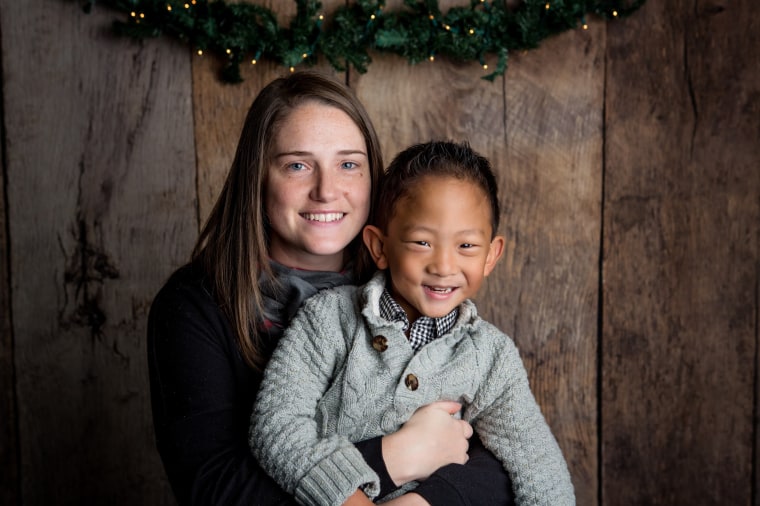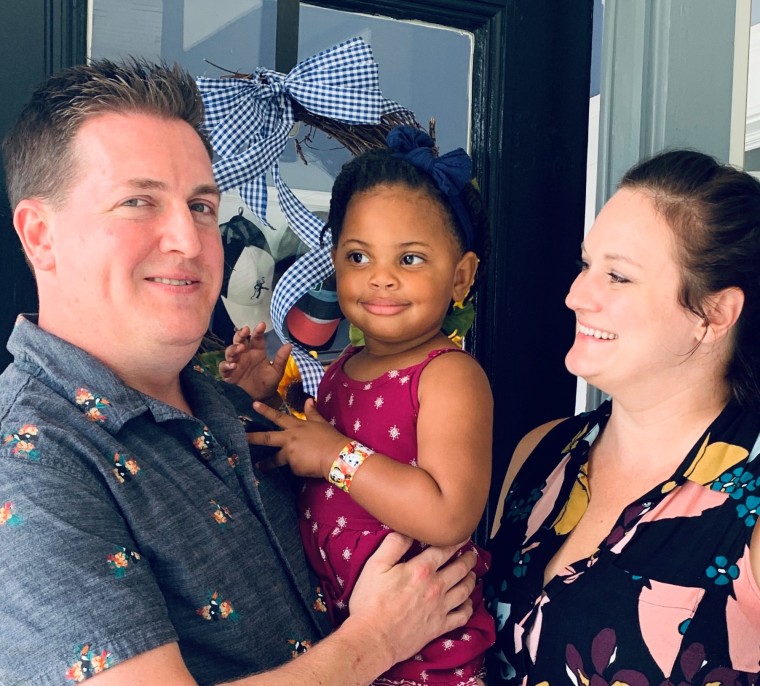Approximately 140,000 children are adopted within the U.S. every year, and thousands more are adopted from foster care and abroad. Anyone who has tried to expand their family through adoption knows the emotional, financial and bureaucratic headaches involved with the process — and that’s in a “normal” year. Throw Covid-19 into the mix, and the hurdles are raised even higher.
Due to pandemic protocols, in-home visits, in-person training and other support and services have changed. “Paperwork delays, postponed court dates and travel restrictions have impacted adoptive families across the board,” said Kristen Hamilton, director of strategic initiatives and communication for the National Council for Adoption.
And because of the economic hit many families have taken as a result of the pandemic, many who had amassed savings to afford adoption fees (which average $43,000 up front), have found themselves dipping into their savings for their essential day-to-day lives, leaving them short on funds for adoption.
Becky Fawcett, founder of a nonprofit organization called HelpUsAdopt.org that levels the financial playing field for all types of families, noticed a 20 percent increase in applicants for their November 2020 grants.
“If people can’t afford adoption, what happens to these children? That’s what keeps me up at night,” Fawcett said.
Know Your Value recently spoke with three families who are navigating the challenges of adoption during this difficult time. They said they are ready and willing to expand their families, despite any obstacles in their way.
Domestic adoption: Facing virus fears and agency closings

Leigh Anne O’Toole, a 39-year-old mother living in Jersey City, New Jersey, had adopted once before. In August of 2017, she and her husband met their daughter, Emerson, just 12 hours after she was born in Louisiana. She arrived six weeks early, and the couple remained nearby for three weeks to wait for legal permission to bring her home.
In December 2019, the couple began the process of finding Emerson a sibling. Since they had found Emerson through a social media effort, they tried to repeat their first success.
“It’s different this year,” O’Toole said. The family had been getting inquiries from expecting mothers through their personal adoption website, “but there is a hesitation because we might have to travel to adopt a child and travel is really scary—you don’t know where a person has been on their end and our end. Everyone has been wary. And New Jersey is such a hotbed for the virus that there’s a lot of fear.”
Maintaining up-to-date paperwork is essential to the adoption process, so another major hurdle has been getting lapsed certifications and documents from government offices that are either closed or operating more slowly than usual.
O’Toole’s husband has been furloughed because the hotel he works at has opted to stay closed, which requires them to update their paperwork. They’re also having trouble obtaining updated driving records, which is ironic since the couple doesn’t own a car and depends on public transportation. “Financials and insurance and everything has to be accurate,” O’Toole said. “You can’t have any appearance of something fishy going on.”
Though the couple has been disappointed that the pandemic may be delaying their family planning, they have faith that their next child is waiting for them. “We did all this work to put ourselves out there and now the world has shut down,” O’Toole said. “But there’s no dipping your toe in—you have to go all the way.”
South Korean adoption: Contending with quarantine and the court system

Jamie Schafer, 38, began the adoption process three years ago. Though she and her husband (both lawyers currently working remotely) have three biological children of their own—Robert, 10; Juliet, 8; Teddy, 4—they knew that they had room in their hearts for one more.
They opted to pursue an international adoption through South Korea because the country has an older, established program with well-known timelines. About 17 months after they submitted the paperwork, the family was matched with a baby in July 2020.
The pandemic, however, threw a wrench into the streamlined adoption process Schafer’s family thought they signed up for.
“It’s lucky for us that Korea has weathered the pandemic pretty well,” Schafer said. As a result, courts have been functioning and there hasn’t been much of a delay in families being able to travel to Korea and pick up their children. Schafer said, “The problem, though, is that because Korea takes the pandemic seriously and has the travel ban, they have a required quarantine. And the quarantine is 14 days in a government hotel.”
Prior to 2020, parents would generally spend a week in Korea to finalize adoption in court, return home for five weeks while Immigration finished processing the adoption, and then travel back to Korea to pick up their child. Since it would be tough to complete the quarantine requirements twice in that time span, most adoptive couples opt to stay in Korea for the two months it takes to complete the process.
“I find it incredibly outraging that they haven’t come up with a better solution,” Schafer said. As an international lawyer, she is aware that courts all over the world are doing video hearings. But the Korean court system, she said, has refused to do the initial hearing by video.
That means that to bring their baby home, Schafer and her husband must complete international travel with three children in the middle of a pandemic, quarantine for two weeks in a hotel, convince the hotel to overlook the official policy of separating quarantined spouses so the family can stay together, rent an apartment for six weeks, and somehow find time to both work remotely and figure out how to help their children complete remote schoolwork that will be assigned by teachers on the opposite side of the world at the opposite time of day.
Regardless of the obstacles they face, Schafer’s family is determined to bring the newest family member home to Washington, D.C. in the spring of 2021. They plan to travel, quarantine and do all of the above--and whatever else may end up being required--to complete the process. The child they were matched with is just about 1 year old, and though they don’t have a direct line of contact with her foster family, they are able to exchange photos, videos and gifts.
Rather than regretting the time they're missing with the baby, Schafer's family feels grateful that they have the resources to continue the process. Schafer said, "Everyone in our family is very excited about our new child. If anything, the children are overly excited at this point."
Chinese adoption: Accepting a long wait and a lack of information

Katie Chaires, 36, always knew she wanted to be a mother, and because she had an adopted sister from China, Chaires assumed adoption would be in her future.
“I thought I would be married and go through it with my husband, but when that didn’t happen, I decided to do it on my own,” Chaires said. She began the process in 2015, and within a year, she brought home her son, Asher, now 6 years old.
Chaires knew she didn’t want Asher to be an only child, so she began the adoption process again at the end of 2018. She and Asher had been living in Colorado, and because she barely met the income requirements for adoption the first time around, she knew something had to change. So, she moved her family to Kansas, where she secured a better teaching job and she applied for and received a grant from HelpUsAdopt.org.
After being matched with her daughter last year, Chaires booked a plane ticket to China to bring her home at the end of January 2020. Three days before the flight, she received a notice that she shouldn’t make the trip.
“At first, it was ‘wait and see’ because of the coronavirus,” Chaires said. “Everyone hoped things would open up in a month. As the months went on, the sentiment was: ‘We have no idea.’ Nobody is even guessing at a timeline.”
As Chaires understands it, no adopted children are able to leave China to travel to any countries right now; the government is waiting until Covid-19 numbers are under control. Chaires’ daughter, now 3 years old, is living in a Chinese orphanage. Chaires said, “I’m able to send care packages to her and occasionally get an update or pictures, but they’re few and far between.”
Previously, the Chinese adoption program had been a predictable one, with well-established timelines. But now the adoption agency doesn’t have any answers about what the future will hold for the process. “Not knowing right now is the hardest thing,” said Chaires.
